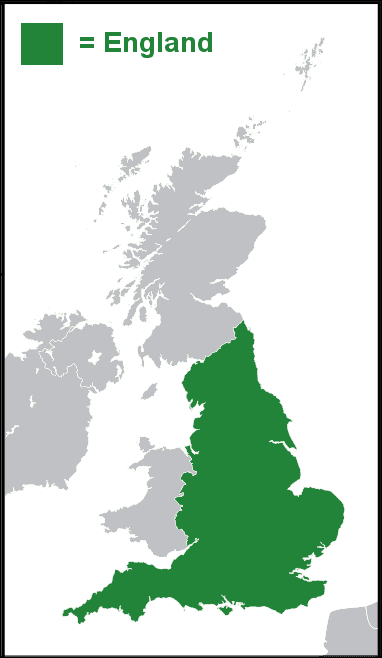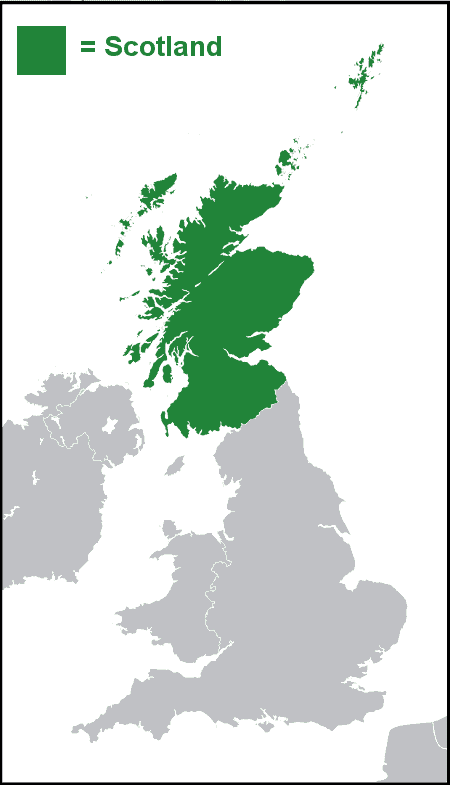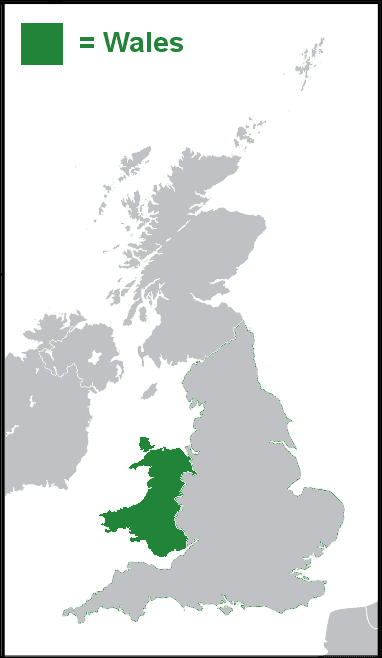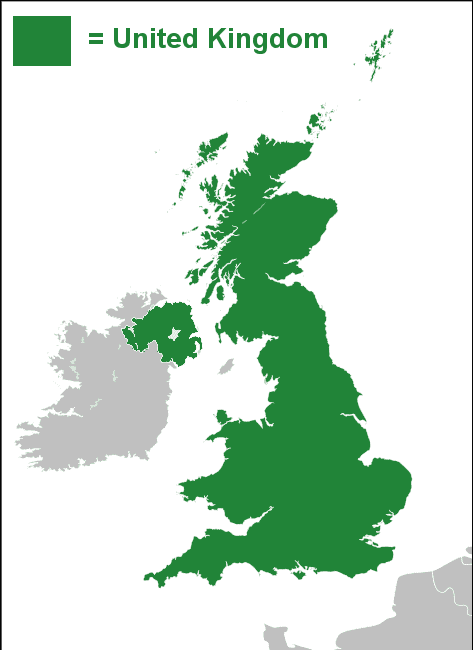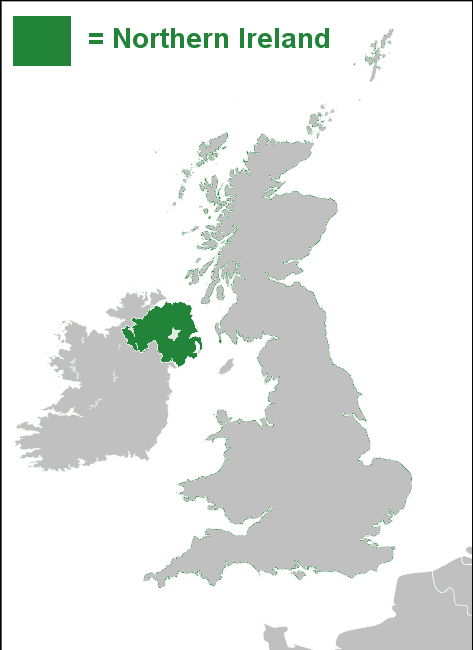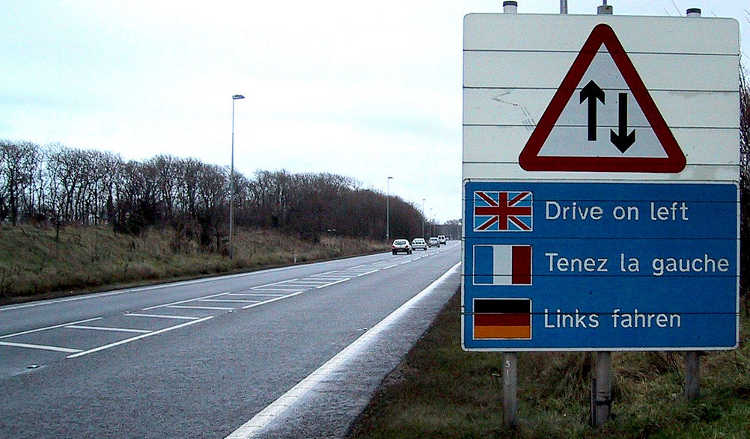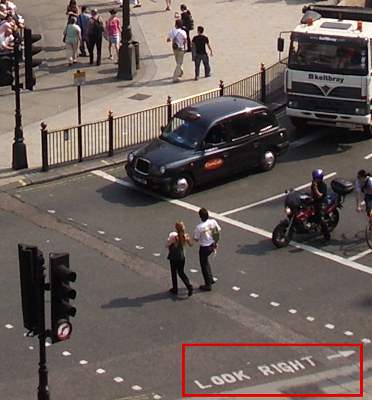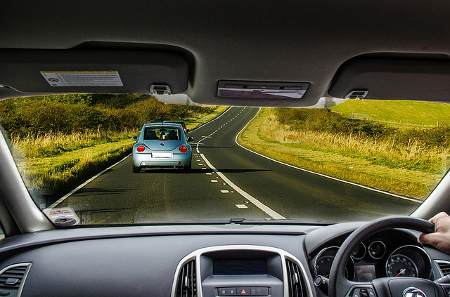Prepositions are always a bit confusing, especially the difference between At and In, so I’ll try to have a look at them but first, let’s have a look at the whole list
Below we have some more examples of Prepositions of Place:
In front of
- A band plays their music in front of an audience.
- The teacher stands in front of the students.
- The man standing in the line in front of me smells bad.
- Teenagers normally squeeze their zits in front of a mirror.
Behind
Behind is the opposite of In front of. It means at the back (part) of something.
- When the teacher writes on the whiteboard, the students are behind him (or her).
- Who is that person behind the mask?
- I slowly down because there was a police car behind me.
Between
Between normally refers to something in the middle of two objects or things (or places).
- There are mountains between Chile and Argentina.
- The number 5 is between the number 4 and 6.
- There is a sea (The English Channel) between England and France.
Across From / Opposite
Across from and Opposite mean the same thing. It usually refers to something being in front of something else BUT there is normally something between them like a street or table. It is similar to saying that someone (or a place) is on the other side of something.
- I live across from a supermarket (= it is on the other side of the road)
- The chess players sat opposite each other before they began their game.
(= They are in front of each other and there is a table between them)
Next to / Beside
Next to and Beside mean the same thing. It usually refers to a thing (or person) that is at the side of another thing.
- At a wedding, the bride stands next to the groom.
- Guards stand next to the entrance of the bank.
- He walked beside me as we went down the street.
- In this part of town there isn’t a footpath beside the road so you have to be careful.
Near / Close to
Near and Close to mean the same thing. It is similar to next to / beside but there is more of a distance between the two things.
- The receptionist is near the front door.
- This building is near a subway station.
- We couldn’t park the car close to the store.
- Our house is close to a supermarket.
On
On means that something is in a position that is physically touching, covering or attached to something.
- The clock on the wall is slow.
- He put the food on the table.
- I can see a spider on the ceiling.
- We were told not to walk on the grass.
Above / Over
Above and Over have a similar meaning. The both mean “at a higher position than X” but above normally refers to being directly (vertically) above you.
- Planes normally fly above the clouds.
- There is a ceiling above you.
- There is a halo over my head. 😉
- We put a sun umbrella over the table so we wouldn’t get so hot.
- Our neighbors in the apartment above us are rally noisy.
Over can also mean: physically covering the surface of something and is often used with the word All as in All over.
- There water all over the floor.
- I accidentally spilled red wine all over the new carpet.
Over is often used as a Preposition of Movement too.
Under / Below
Under and Below have a similar meaning. They mean at a lower level. (Something is above it).
- Your legs are under the table.
- Monsters live under your bed.
- A river flows under a bridge.
- How long can you stay under the water?
- Miners work below the surface of the Earth.
Sometimes we use the word underneath instead of under and beneath instead of below. There is no difference in meaning those they are less common nowadays.
Under is often used as a Preposition of Movement too.
CONFUSING CASES
When corner means an interior angle formed by two meeting walls, we use the preposition in. A piano was in the corner of the room.
What kind of “corner” are you referring to? Is it the corner of a room or the corner of a street?

♥ If you are giving directions to a shop, then you should say:
This shop is on the corner of High Street
♥ If you are saying that a person is sitting in a chair in a room, then:
Mary is sitting in a chair in the corner of the sitting-room.
Summarising: you use in, when the corner is inside and on, when the corner is outside.
Note: you can also say at the corner to refer to the corner of a street.
I’ll wait at the corner/ I’ll wait on the corner.
Other expressions with corner:
- Out of the corner of the eye: you see something but not clearly, because you see it sideways rather than directly. He saw something move out of the corner of his eye.
- Blind corner: a street corner that you cannot see around as you are driving. Never overtake on a blind corner!
- Corner shop: small local store. I’ll pop in the corner shop to get some milk.
- Just / right around the corner: very near either in space or in time: Exams are just around the corner. My boyfriend lives just around the corner.
- The four corners of the earth /world: many different parts of the world. People from the four corners of the world gathered for the event.
- A tight corner: a dangerous or awkward position from which escape is difficult: His lying got him into a tight corner.
North, South, East and West – Usage
Each of the points of the compass (north, south, east, west, south-east, north-west etc) can be:
- noun – The sun rises in the east.
- adjective – It is sunny on the east coast.
- adverb – We drove east for 50 miles.
Look at some more example sentences:
| Penguins live in the south. |
noun |
| The wind is coming from the east. |
| He lives in the south-east of England. |
| He lives in South London. |
adjective |
| The storm will reach the north-west coast tomorrow. |
| Polar bears live at the North Pole. |
| Penguins live at the South Pole. |
| Is the country South Africa in the south of the African continent? |
adjective | noun |
| Our house faces south-west. |
adverb |
| Our car broke down a mile east of the city. |
| He lives south of London. |
—————————————————————–
AT HOME
He’s at home / He’s in his house
He’s at work / He’s in his office
“Home” and “Work” always use AT. Why? Because they are not places, they are concepts. “Home” is where you live (a house, a palace, under a bridge, in a cardboard box). Since it is a concept, we are not talking about a thing, a building, but about an action (to live, to work), and an action has no dimensions (0D), so we must use AT. Or if we think of it as a place in the city map, then we have 1D, and again we must use AT. But a House is a building (3D), so we can use IN.
The same goes for “Work”, it is not a place, but a concept. You can work in an office or the city council, or a field, or on a place or in the sea, and that is where your work is. But if we say “office”, for example, then we are talking about a room with 3D, so we use IN.
So this distinction shows that when we are thinking of a 3D place we use IN, but when we are thinking of an action (0D) we use AT.
IN BED

If you are reading a book or listening to music on your bed, we use ON, because you are on top of a surface. But if you are inside the bed (under the covers), we say IN THE BED. Nevertheless, the bed is a special case, because when you are inside we may or may not use the article THE according to the following distinction:
A bed was created to sleep or to stay through your illness, but it was not designed to read or watch television. If you are inside the bed doing what you’re supposed to do there (sleep, etc.), then we say IN BED, but if you are doing something else (playing, reading, etc.), we usually say IN THE BED. This difference is important for some other situations we will see later.

PUBLIC BUILDINGS
The same distinction we saw about place (IN) and activity (AT) applies for public buildings.
He’s at school (a teacher, a student)
He’s in the school (a student’s father, a painter)

A school was built to teach (teachers) and to learn (students). A school is a building (3D) but learning is an activity (0D), and you can also have a class under a tree. So this is the same situation as “home” or “work”. On the other hand, we also apply the distinction we saw for bed, considering the original purpose for that building. So now we have a difference in the preposition and also in the use of the article.
If Tim is a student and goes to school to have a class, then we say that he’s AT school; but if he goes to the school by night to paint some graffiti on the walls of his classroom, then we say that he’s IN the school, because he is not using the building for its original purpose (remember the bed), he didn’t go to the school as a student, but as a vandal, and schools are not built for vandals, so we use IN and the article.
If a teacher is there teaching, he’s at work, so we say he is AT school. But if the cleaning lady goes there to work, she’s at work, but it is not the same situation. A school is built so that teachers can teach, and they also need cleaning, of course, but a school is not built so that the cleaning lady has a place to clean. She is not there for the primary purpose (teaching or learning), so we say that the teacher is at school (only if he is working), the student is at school (only if he is learning), but the cleaning lady is in the school. Also, if a father goes to the school to talk to his son’s teacher, or if a plumber goes to the school to repair a broken pipe, we say that they are IN THE school. Another example:
He’s at the disco (he’s gone there to dance, or he works there as a waiter or DJ)
He’s in the disco (he’s in there painting the walls, or interviewing people, etc.)

He’s at church
He’s in the church
A church is built so that people can go there to pray or for mass, and so that priests can do their job there. So if a worshipper or a priest is there, we say that he is AT church, but if a woman goes there to take some photographs of the beautiful altarpiece, then she is IN THE church. You can take pictures in a church, but a church is never built so that people can take pictures.
He’s at the hospital (a doctor, a patient)
He’s in the hospital (a visitor, a painter)
He’s in hospital (a patient in bed)
There are some public buildings where people not simply go to spend some time, but they can also go there to stay, that is, to sleep in a bed. In that case we don’t have two, but three different situations. You can go there to do what you are supposed to do, or you can go there for another reason, or you can go there to do what you are supposed to do and sleep there.

We say that the doctor is AT THE hospital when he is there at work and we also say that the patient is AT THE hospital when he goes there to see the doctor. We say that the painter isIN THE hospital when he goes there to paint the walls. But we say that the patient is IN HOSPITAL if he stays in hospital for a few days, sleeping in bed. For the same reason that we say “he is in bed” when he is sleeping, we would say “he is in hospital” when he stays there and sleeps there. So this is what you can get:
He’s at the hospital (the doctor, the patient)
He’s in the hospital (the painter)
He’s in hospital (the patient, in bed)
And this is another example of a similar situation:

He’s at the prison (the guard)
He’s in the prison (the visitor)
He’s in prison (the criminal

